• One of only 189 built post-WW2 • Engine ex-Eric Oliver • Restored condition When the FIM instigated the first World Championship in 1949 Velocette were well placed to contest the 350cc class, being able to field a well-developed design that had already proved its worth: the Mark VIII KTT. Traditionally, advances pioneered on the works bikes would appear later on the KTT, and it was at the 1938 Motor Cycle Show that the Mark VIII version first appeared, the major advance over the Mark VII being a new frame with swinging-arm rear suspension, an innovation enjoyed by the factory riders since 1936. In almost all other respects the Mark VIII was as the Mark VII, boasting the latter's massively finned single-overhead-camshaft all-alloy engine and separate four-speed gearbox. At a time when most of the opposition was still using rigid frames or the plunger-suspended type, Velocette's swinging fork with its Dowty Oleomatic air-sprung struts conferred a distinct advantage. Riding works bikes to (broadly) Mark VIII pattern, Stanley Woods had won the Isle of Man Junior TT in 1938 and 1939, and in the immediately post-war era Woods' mantle would be taken up by Freddie Frith. When Frith retired from racing at the end of 1949 it was as World Champion in the 350cc class, having won all six rounds, though in most cases courtesy of a special twin-cam engine. In 1950, Bob Foster's three victories would be good enough to bring the World Championship back to Hall Green for a second time. The over-the-counter Mark VIII continued to provide the privateer with a competitive mount at the highest level, as evidenced by Les Graham's victory aboard a 'customer' example at the 1951 Swiss Grand Prix. Only 49 Mark VIIIs were constructed prior to WW2 and a further 189 up to the end of production in the early 1950s. Today the incomparably handsome Mark VIII KTT is one of the most sought after of all British racing motorcycles. The engine of this restored KTT MkVIII originally formed part of a machine (together with frame '131') despatched to future sidecar World Champion Eric Oliver on 24th April 1948. A few weeks later Velocette-mounted Oliver finished 8th and 10th in the Junior and Senior IoM TTs respectively before turning almost exclusively to the sidecar class. (Frame 'SF94' was originally sent to Archer's of Aldershot with engine '972'.) Oliver's passenger at this time (and during his first World Championship-winning year of 1949) was the celebrated motoring journalist Denis Jenkinson, who raced the Velo to obtain start money to finance the duo's sidecar campaign. Accompanying documentation consists of marque specialist Ivan Rhodes' valuation estimate (2008) and some photocopy literature. This motorcycle is one of those affected by the fire at the Museum in 2003. It was subsequently rebuilt by the highly respected marque specialist Ivan Rhodes and briefly road tested, but has not been ridden since the rebuild's completion in 2008. Ivan advises us that this extensive renovation was carried out using either new or old but serviceable components, including a cylinder head and Alfin cylinder barrel. The frame was rebuilt by Spondon Engineering incorporating much new material and may have lost some of its strength in the process. In Ivan's opinion the machine is fit for gentle road use only and NOT for racing. Accordingly, prospective purchasers must satisfy themselves with regard to this motorcycle's safety, condition, completeness, correctness, or otherwise prior to bidding.
• One of only 189 built post-WW2 • Engine ex-Eric Oliver • Restored condition When the FIM instigated the first World Championship in 1949 Velocette were well placed to contest the 350cc class, being able to field a well-developed design that had already proved its worth: the Mark VIII KTT. Traditionally, advances pioneered on the works bikes would appear later on the KTT, and it was at the 1938 Motor Cycle Show that the Mark VIII version first appeared, the major advance over the Mark VII being a new frame with swinging-arm rear suspension, an innovation enjoyed by the factory riders since 1936. In almost all other respects the Mark VIII was as the Mark VII, boasting the latter's massively finned single-overhead-camshaft all-alloy engine and separate four-speed gearbox. At a time when most of the opposition was still using rigid frames or the plunger-suspended type, Velocette's swinging fork with its Dowty Oleomatic air-sprung struts conferred a distinct advantage. Riding works bikes to (broadly) Mark VIII pattern, Stanley Woods had won the Isle of Man Junior TT in 1938 and 1939, and in the immediately post-war era Woods' mantle would be taken up by Freddie Frith. When Frith retired from racing at the end of 1949 it was as World Champion in the 350cc class, having won all six rounds, though in most cases courtesy of a special twin-cam engine. In 1950, Bob Foster's three victories would be good enough to bring the World Championship back to Hall Green for a second time. The over-the-counter Mark VIII continued to provide the privateer with a competitive mount at the highest level, as evidenced by Les Graham's victory aboard a 'customer' example at the 1951 Swiss Grand Prix. Only 49 Mark VIIIs were constructed prior to WW2 and a further 189 up to the end of production in the early 1950s. Today the incomparably handsome Mark VIII KTT is one of the most sought after of all British racing motorcycles. The engine of this restored KTT MkVIII originally formed part of a machine (together with frame '131') despatched to future sidecar World Champion Eric Oliver on 24th April 1948. A few weeks later Velocette-mounted Oliver finished 8th and 10th in the Junior and Senior IoM TTs respectively before turning almost exclusively to the sidecar class. (Frame 'SF94' was originally sent to Archer's of Aldershot with engine '972'.) Oliver's passenger at this time (and during his first World Championship-winning year of 1949) was the celebrated motoring journalist Denis Jenkinson, who raced the Velo to obtain start money to finance the duo's sidecar campaign. Accompanying documentation consists of marque specialist Ivan Rhodes' valuation estimate (2008) and some photocopy literature. This motorcycle is one of those affected by the fire at the Museum in 2003. It was subsequently rebuilt by the highly respected marque specialist Ivan Rhodes and briefly road tested, but has not been ridden since the rebuild's completion in 2008. Ivan advises us that this extensive renovation was carried out using either new or old but serviceable components, including a cylinder head and Alfin cylinder barrel. The frame was rebuilt by Spondon Engineering incorporating much new material and may have lost some of its strength in the process. In Ivan's opinion the machine is fit for gentle road use only and NOT for racing. Accordingly, prospective purchasers must satisfy themselves with regard to this motorcycle's safety, condition, completeness, correctness, or otherwise prior to bidding.
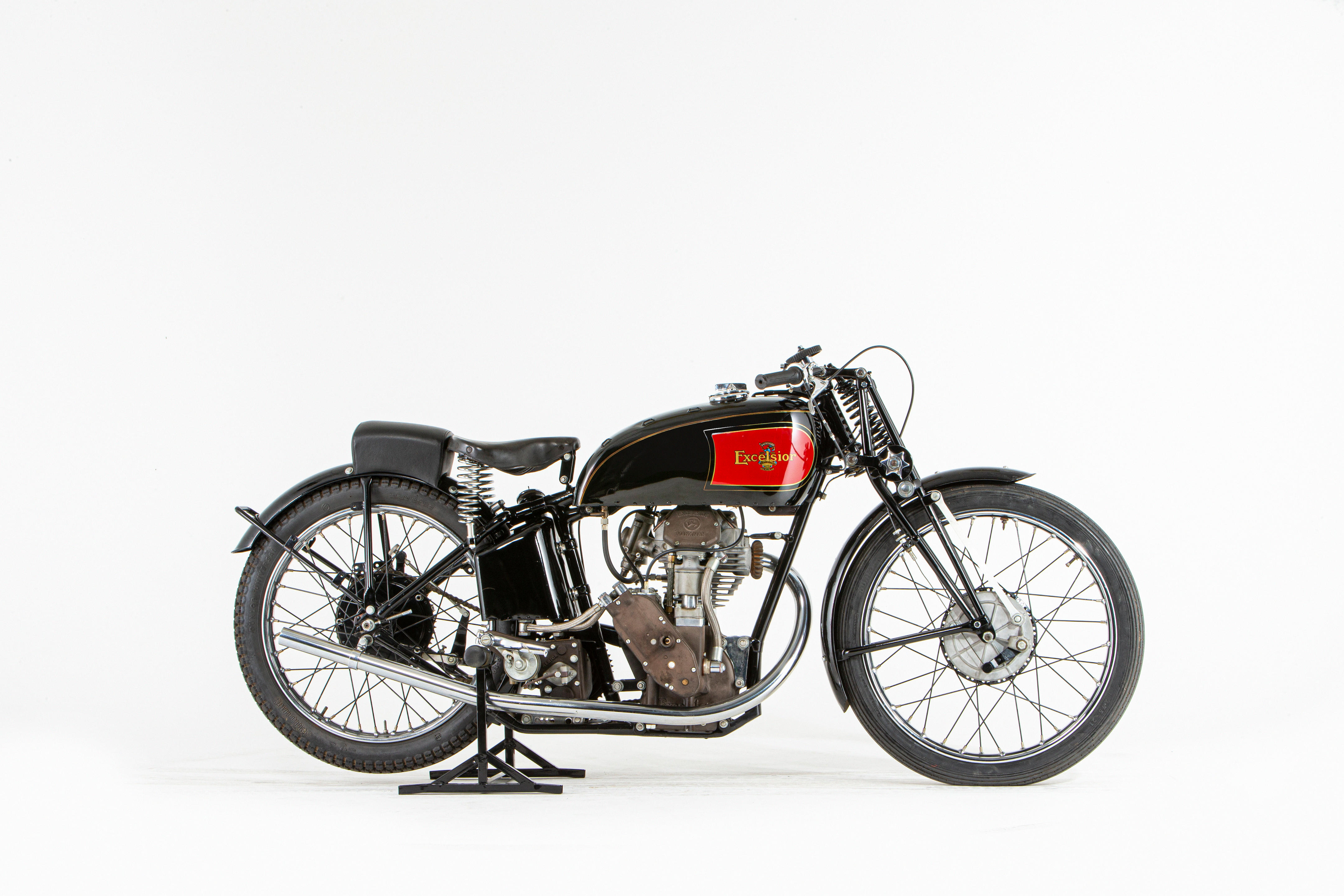

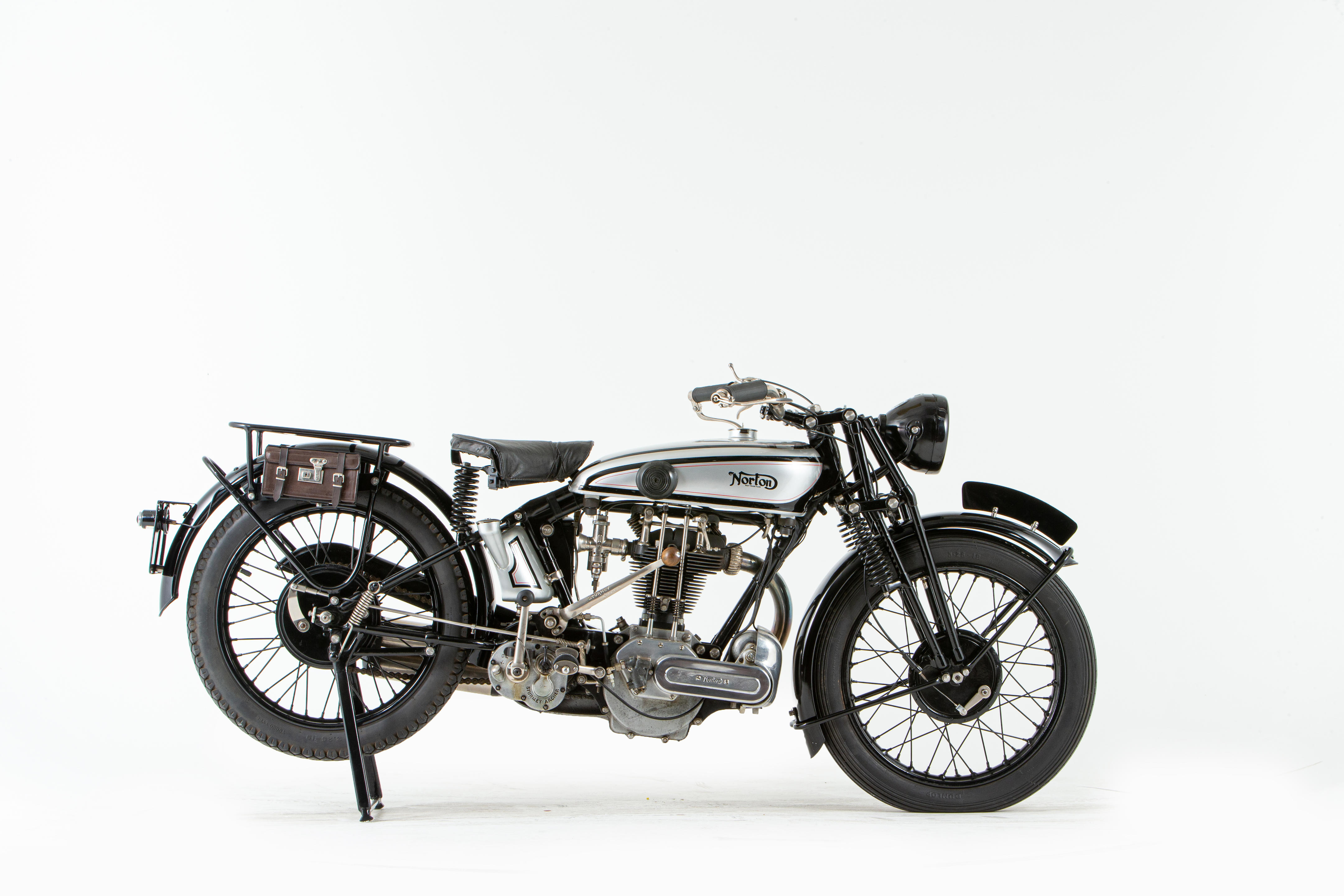

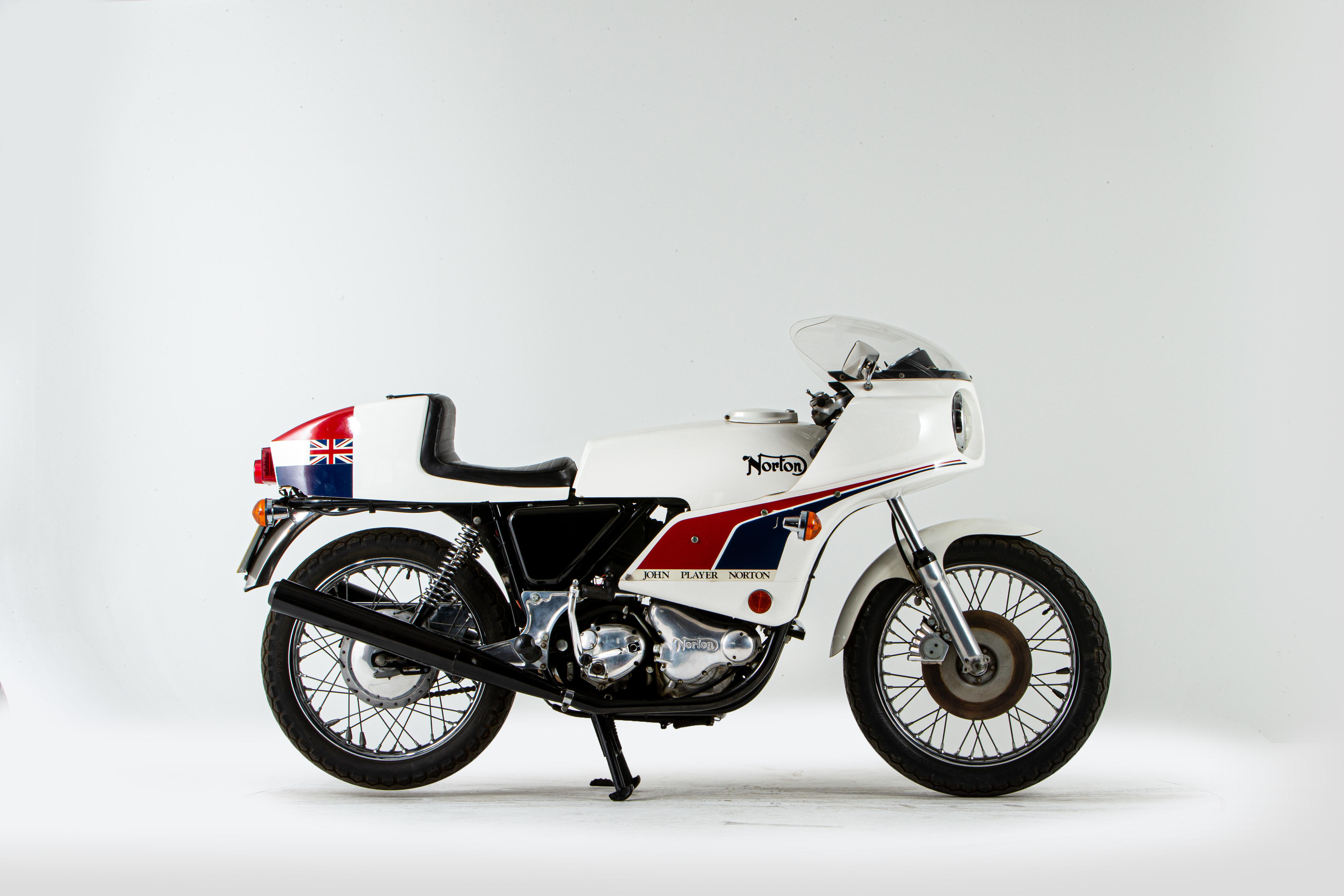


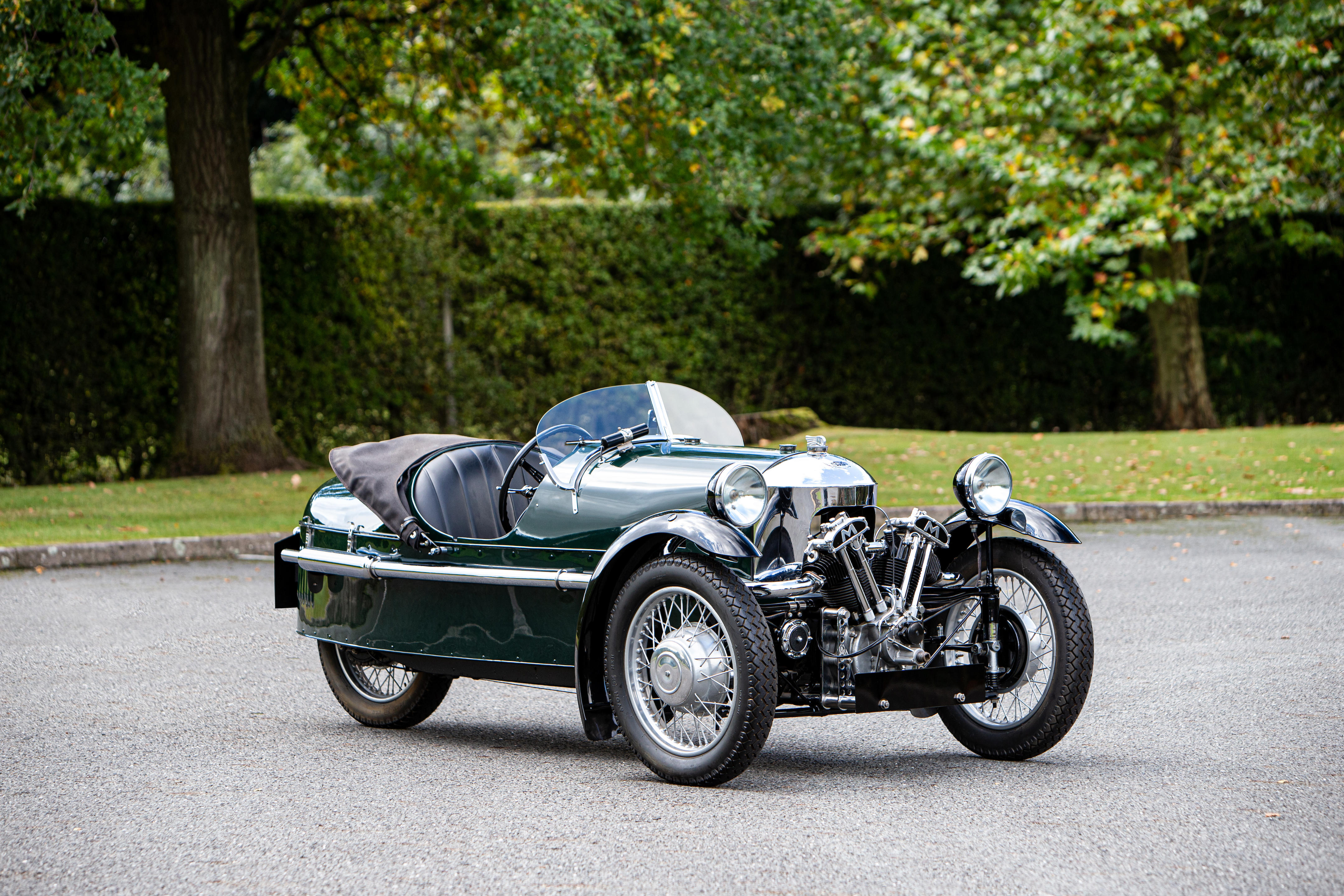
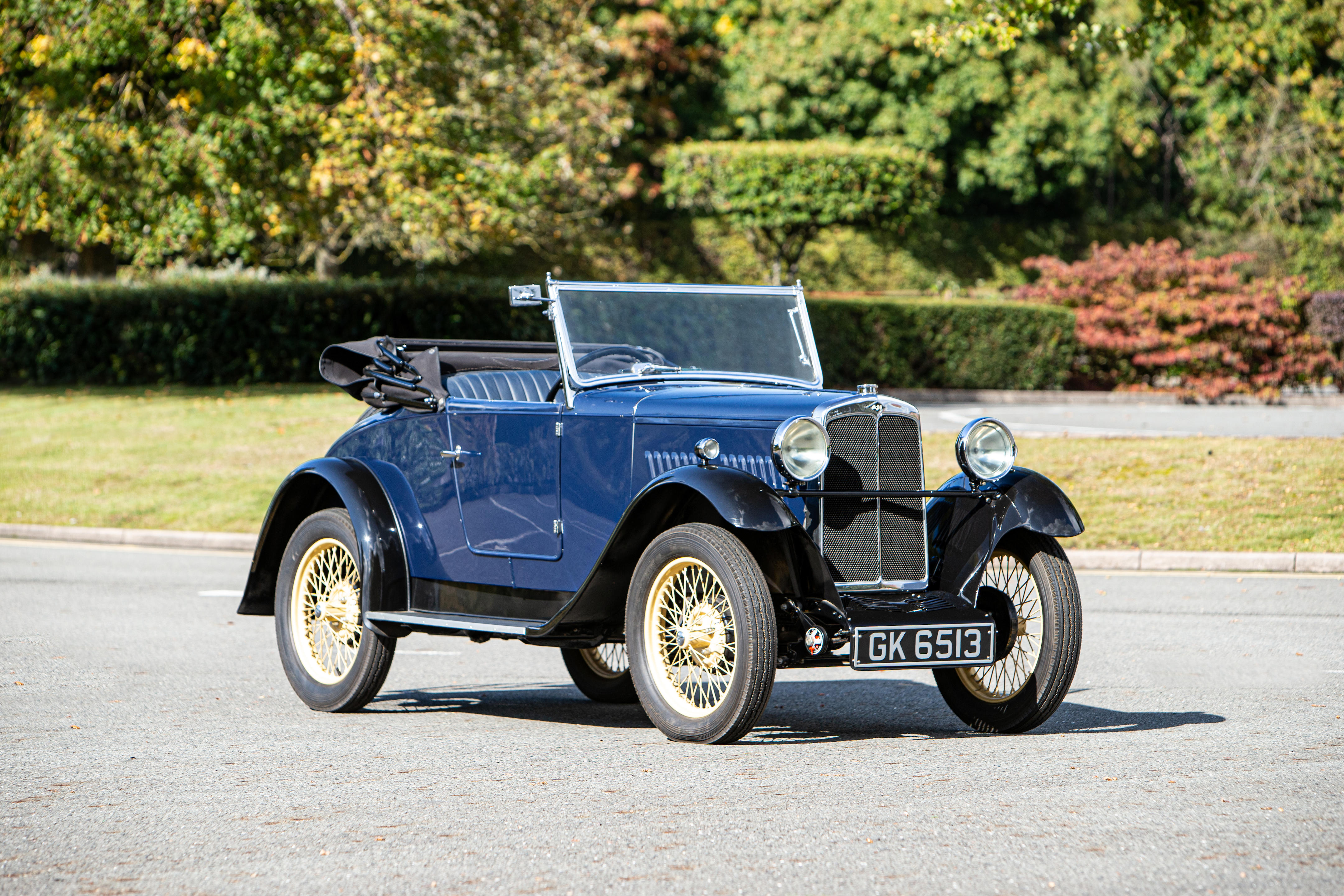

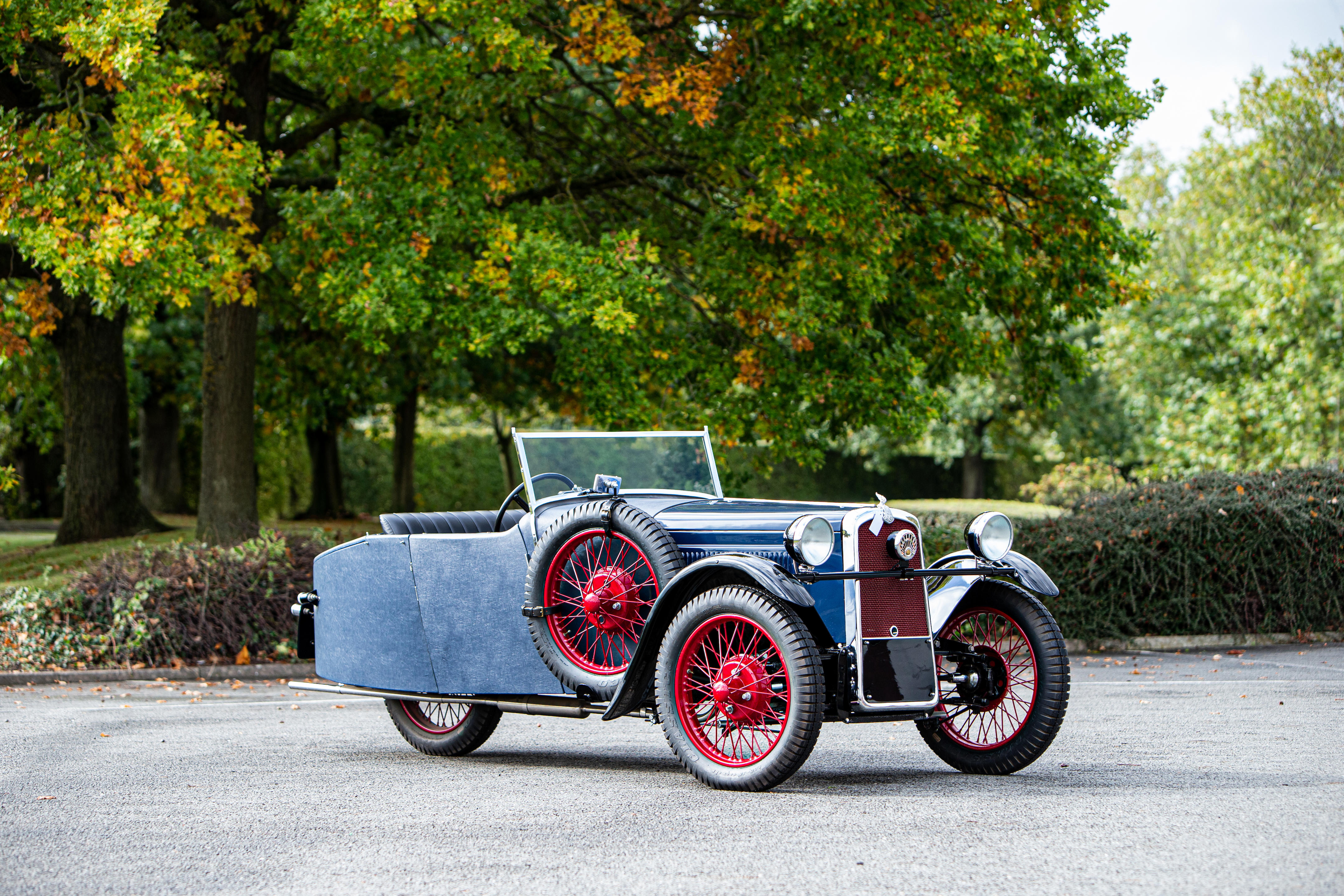
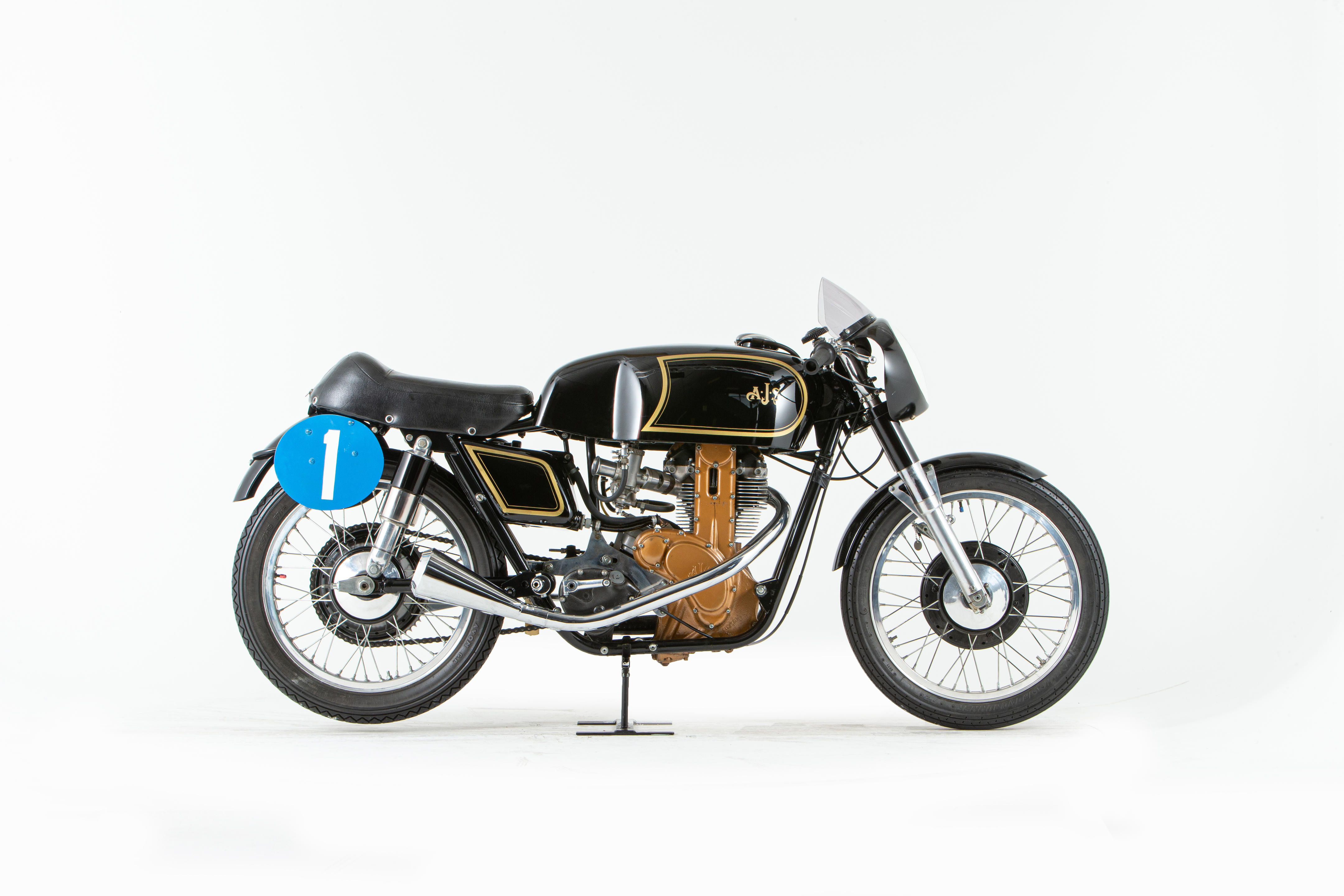
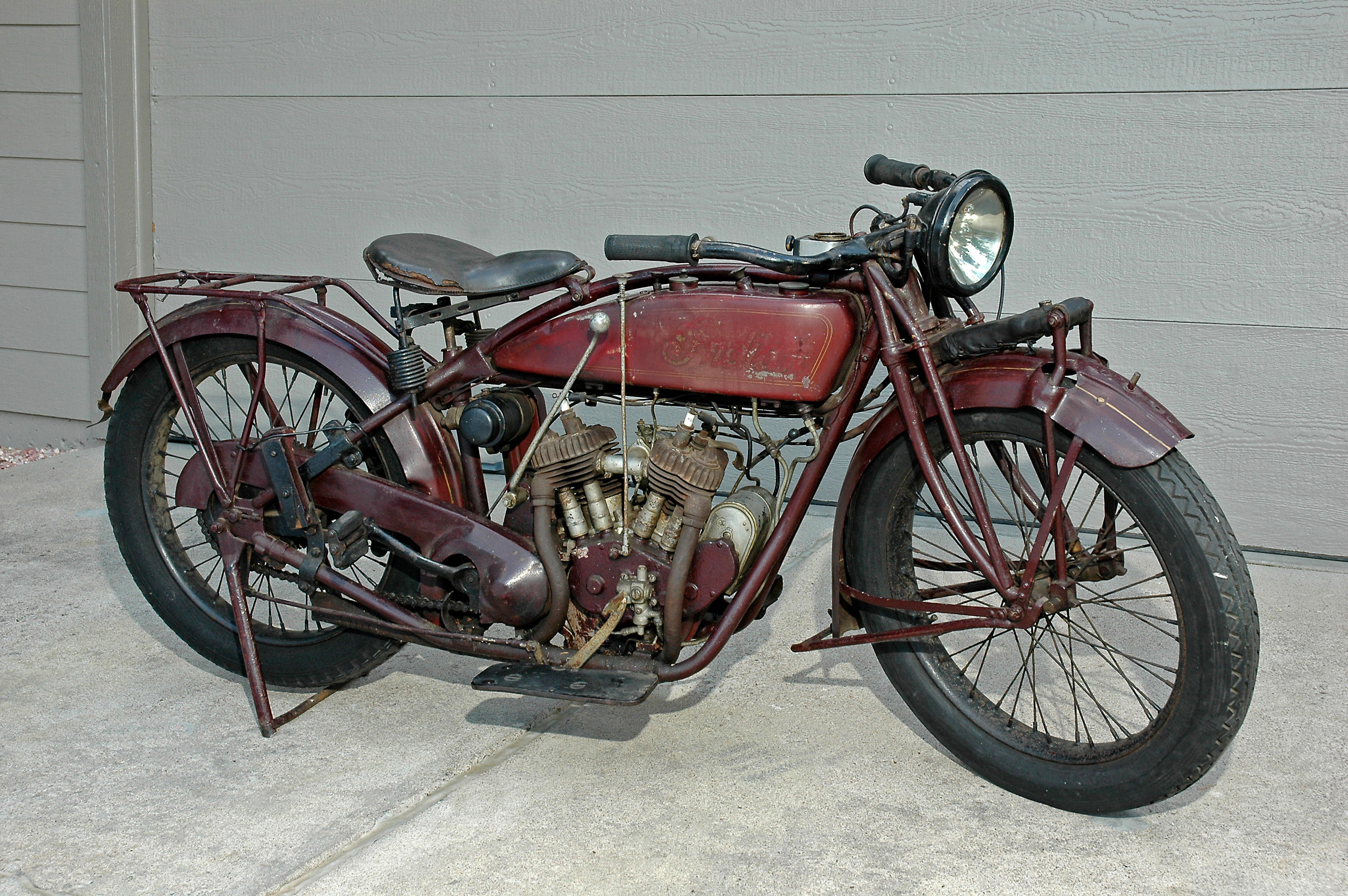
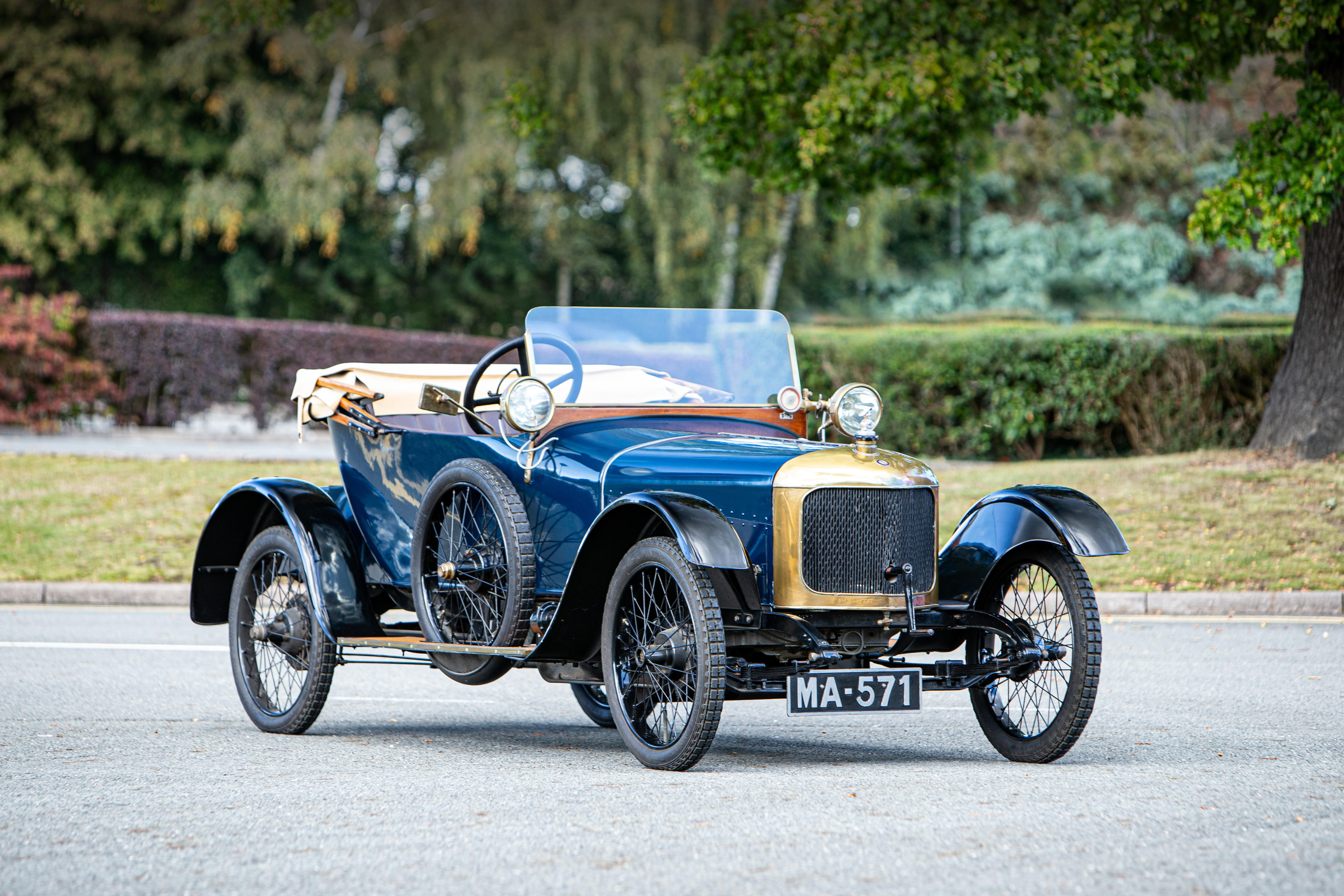

Testen Sie LotSearch und seine Premium-Features 7 Tage - ohne Kosten!
Lassen Sie sich automatisch über neue Objekte in kommenden Auktionen benachrichtigen.
Suchauftrag anlegen